This weekend, I traveled to a little town north of Mexico City called Guanajuato. I had heard nothing but good things about this city, and I couldn’t wait to see it for myself. Nestled in the mountains, Guanajuato is indeed everything it is talked up to be. The narrow cobblestones streets, the brightly painted buildings, and the flowerpots that adorn the windows all lend a part to the quaintness of this little town. A culture of theater also flourishes in this colonial city and is apparent in everything from the little performances outside the Teatro Juarez to the large festival, the Cervantino, held every year in October.
When I arrived in the city on Saturday afternoon, I left my stuff at the hostel and went exploring with camera in hand. I couldn’t get enough of the cute little plazas that popped up around each corner, the stone tunnels, and the cheerful nature of the city.
One of the first stops I made was at the Museo Iconográfico del Quijote. (Side note, I get into a lot of museums free or at half price with my teaching ID. So cool!) There are over 800 pieces in this museum depicting the legendary Don Quijote in some form or another. From wire sculptures, to paintings, to stained glass murals the depictions of Miguel de Cervantes’ literary figure were quite interesting.
After the museum, I went strolling a little more and came across the Funicular Panorámico al Pípila de Guanajuato. I know you are thinking, “What the heck is that?” Basically, it is an incline that takes you up the side of a mountain to see a breathtaking view of the city. Who ever thought I would ride an incline outside of Pittsburgh?! Love that! At the top of the mountain, there is a large stone statue dedicated to a local hero of Guanajuato, Juan José de los Reyes Martínez, better known as “El Pípila.” He was part of the Independence movement in Guanajuato.
Let me reiterate that the views from the top are quite fantastic. The splashes of color that define the city’s buildings are tucked nicely into the folds of the rolling mountains. Simply beautiful.
Continuing on my journey, I came across the Museo Casa Diego Rivera. The famous Mexican muralist, Diego Rivera was born in Guanajuato. (If you do not know who he is, please check out his lovely artwork here. He is certainly one of my favorite painters.) The museum is located in the house that he was born in. The downstairs of the museum showcases original pieces of furniture used by his family, while the upstairs displays much of his portraiture work.
One final stop on my first day in Guanajuato was the Callejón del Beso (Alley of the Kiss). The buildings in this alleyway are separated by a mere 69 centimeters (2.25 ft.) According to legend, the daughter of a wealthy man fell in love with a suitor her father did not approve of. The father planned to send his daughter to Spain to marry an older and wealthier man instead. Upon hearing this, the young suitor bought a house directly across from his lover’s so that he could be close to her. One night the two star-crossed lovers leaned out their windows to give each other a goodnight kiss. The girl’s father caught them in the act, flew into a rage, and plunged a dagger into his daughter’s chest. As tragic as the story is, it is said that if a couple kisses one another on the third balcony they will have 7 years of good luck. So, if you break a mirror head to Guanajuato with a special someone.
The next morning, I rose bright and early to the sound of church bells ringing nearby. My first stop was the Museo de las Momias (Mummy Museum). The Guanajuato mummies were discovered in a nearby cemetery and were dug up between the years 1865 and 1958. Why were these bodies exhumed, you ask? Well, the local law required relatives to pay a kind of grave tax. You could pay the tax once and be done with it (for wealthier individuals) or you could pay a yearly fee (for the less wealthy). If the relatives could not pay this tax for three years, the body was dug up from the cemetery and put on display in the Mummy Museum. Fortunately, in 1958, the law was changed and no new bodies have been dug up.
For some reason or another, some of these bodies underwent a natural process of mummification. A large number of the mummies that appear in this museum have their skin and hair intact and are dressed in their original clothing. Judging by the positioning of hands and mouths, you can also notice that some of these individuals were buried alive. Really creepy, I know.
After surviving the shivers brought upon by the mummies, I headed over to the Alhóndiga de Granaditas (Public Granary). The building was constructed from 1798 to 1809 from two types of local stone that give it its reddish-greenish appearance. In 1810, Independence leader, Miguel Hidalgo, threatened to take over Guanajuato city. Many Spaniards living in Guanajuato barricaded themselves in the building. While the insurgents were successful in sacking this building, they were eventually caught and beheaded. The heads of Miguel Hidalgo, Ignacio Allende, Juan Aldama, and José Mariano Jiménez were hung from the four corners of the Alhóndiga to discourage other independence movements. The heads remained hanging for 10 years until Mexico achieved its independence. Later, they were taken to Mexico City and put to rest under the Ángel de Independencia.
As the afternoon rolled in, I headed over to the Mercado Hidalgo, the souvenirs market where you can get local sweets. Then I stopped by the Palacio Legislativo (Legislative Palace), constructed in the 19th century under the highly elegant presidency of Porfirio Díaz.
With my stomach telling me it was time for lunch, I made a stop at the Santo Café, thanks to Renee’s recommendation. I enjoyed a delicious crepe (surprisingly a popular item on the menu) filled with tomatoes, mushrooms, and cheese and a refreshing agua de fresa (strawberry juice). Finally, I passed the rest of the afternoon on the steps of Teatro Juarez observing the local performances and taking in the warm sun. Then it was back to the hustle and bustle of big Mexico City. If you ever get a chance, I would highly recommend checking out Guanajuato.
Click for more pictures!
Abrazos, Nicole
March 16, 2010
Subscribe to:
Post Comments (Atom)



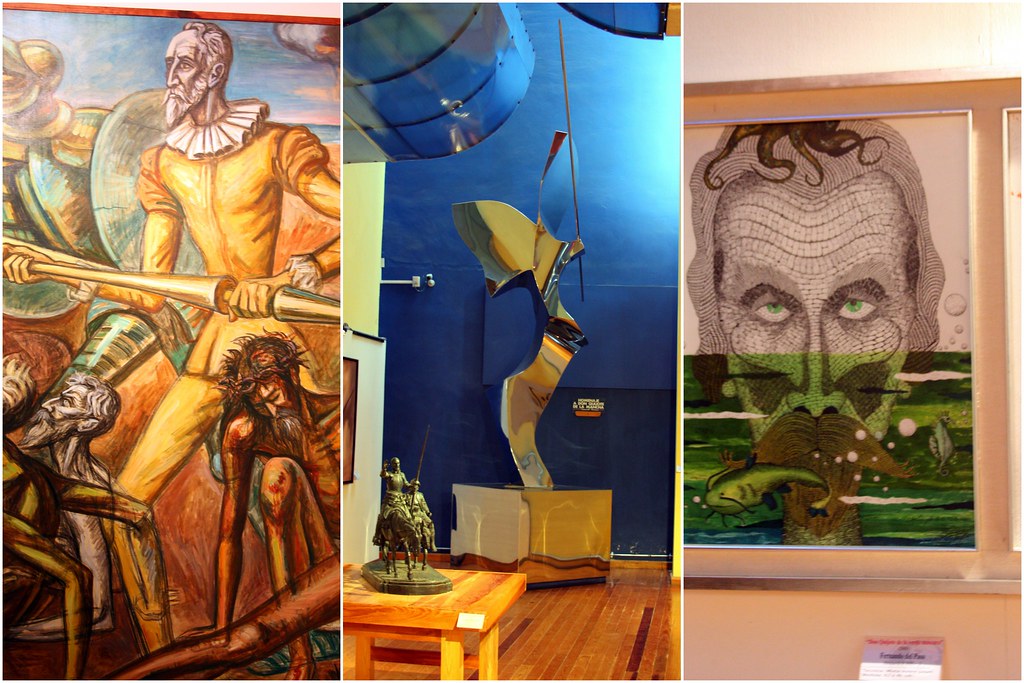

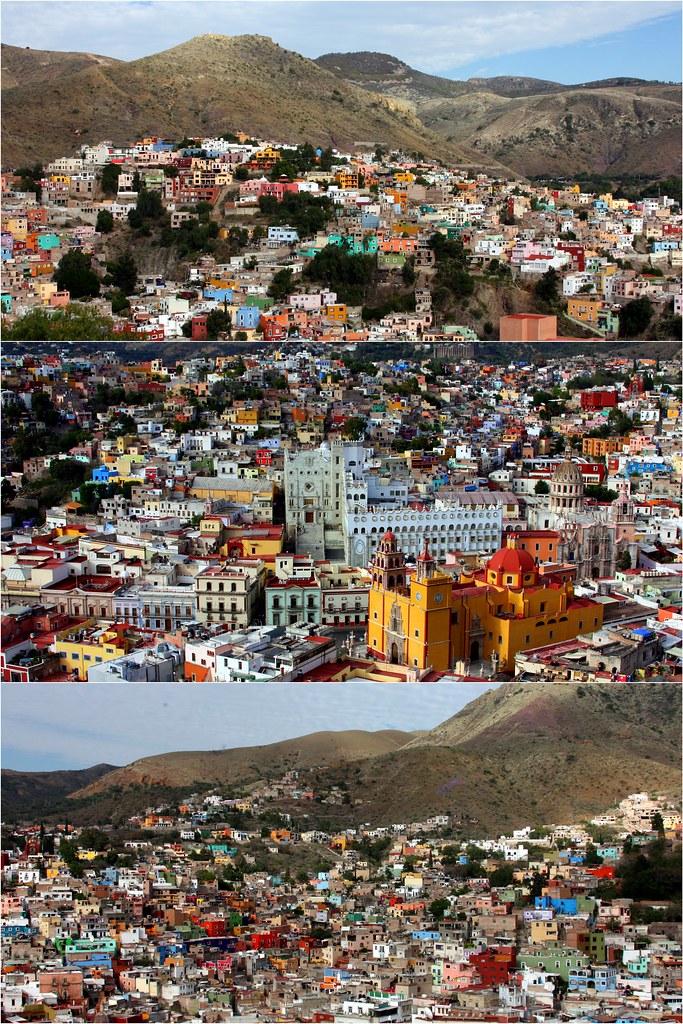
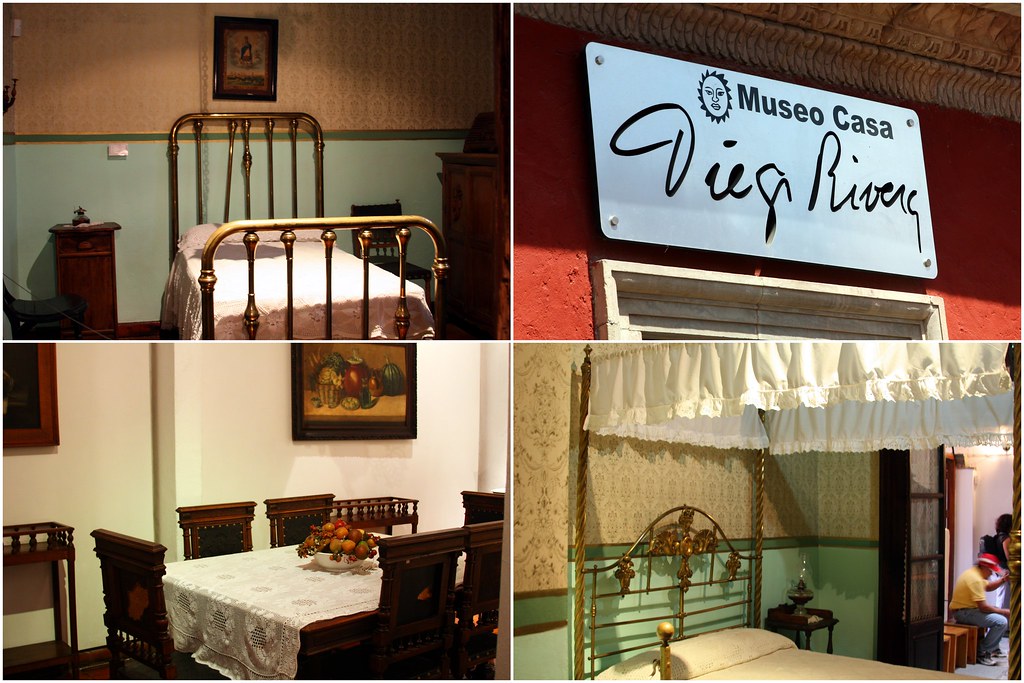
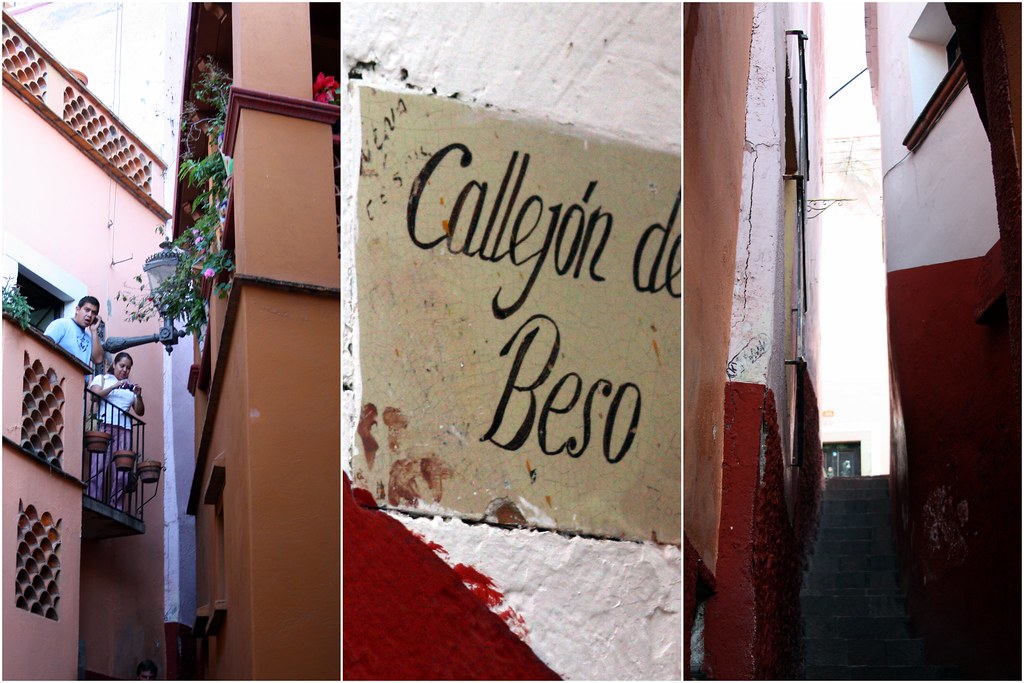

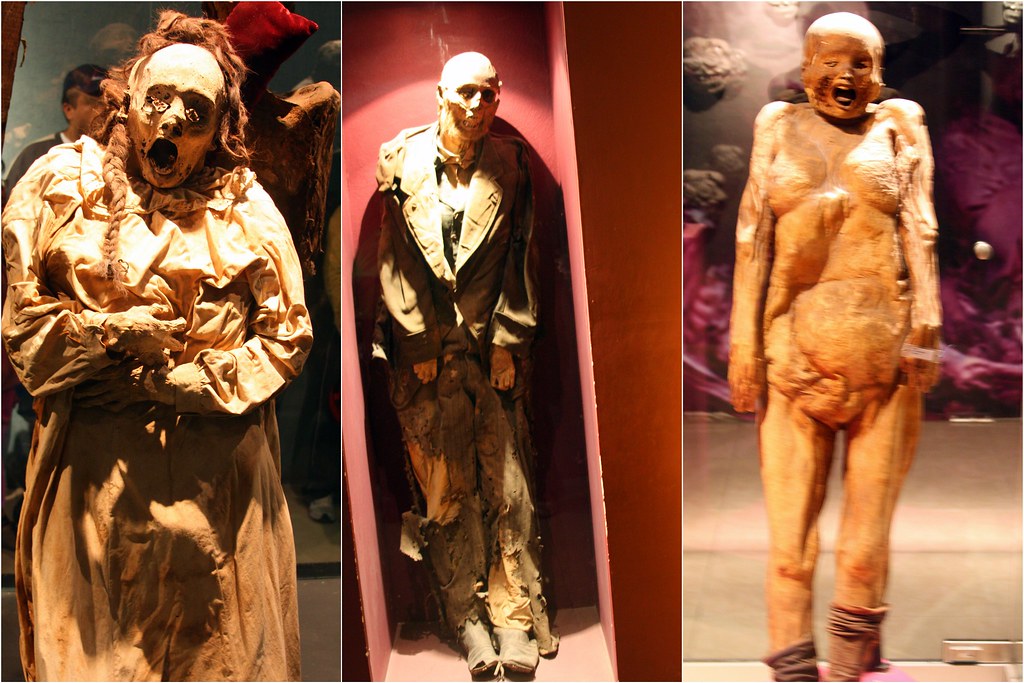
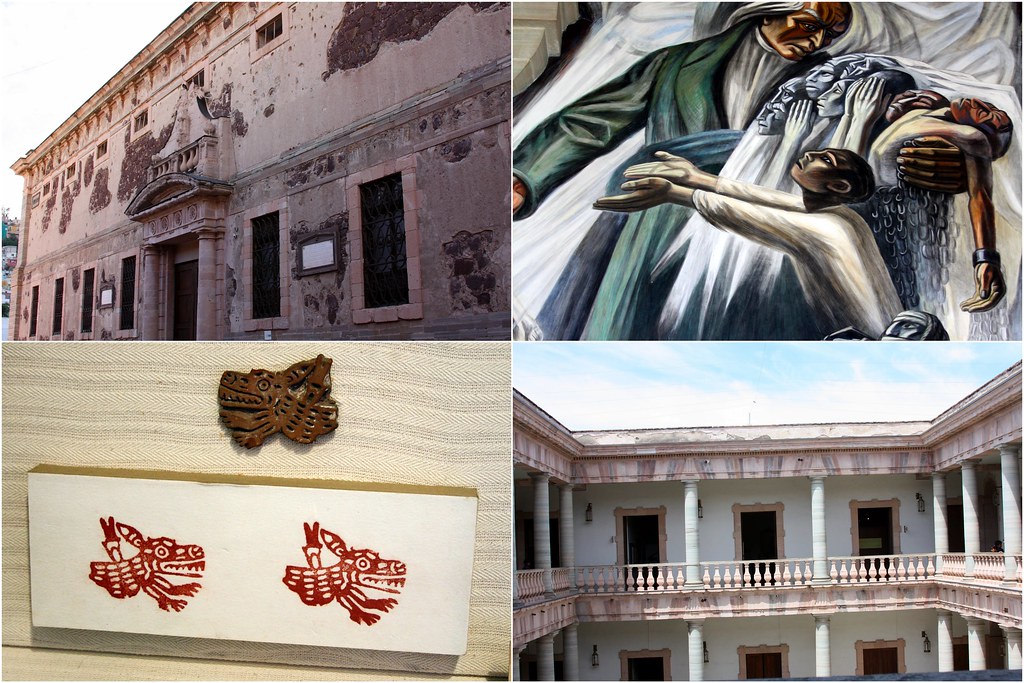
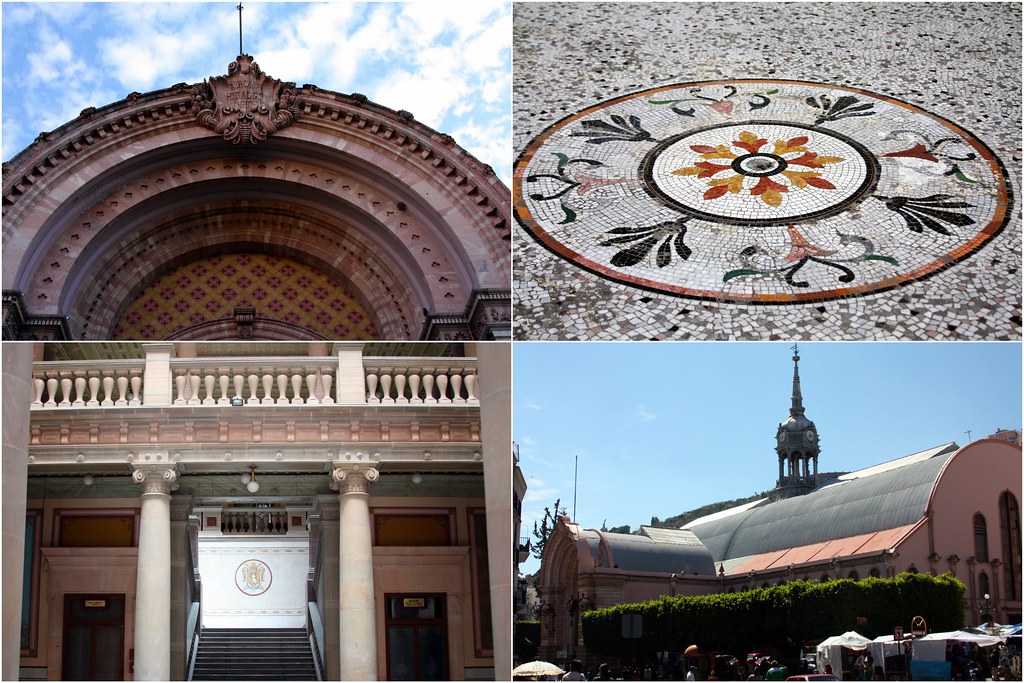
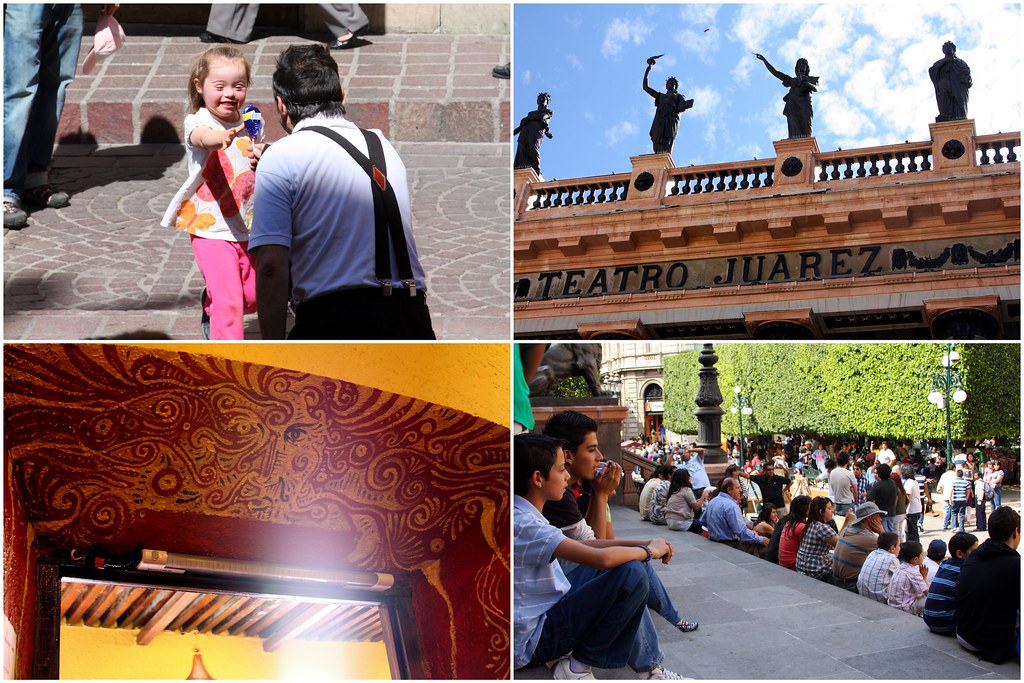


4 comments:
Oh Nicole, I know I say this every time but your pictures are amazing. I loved, loved, loved the pictures of city taken from the top of the mountain. The city looks so colorful, so beautiful. And then, what a creepy museum with all the mummies. Ugh. Thanks for the wonderful tour - and for sharing so many incredible sights.
Hey Nicole,
What awesome pictures! I loved the mummies. What an interesting story. I am so jealous. I wish I could see all the beautiful sites you are seeing. I loved all the colors of the little town. What a cheerful place (except for the mummy museum). Love, Aunt Suzie
Nicole, did you take the mummy pictures or were they originally from a museum/tourism site from 2010? I ask not because of copyright issues. Believe it or not, here in 2015, the photo of the reclining child mummy has become of interest to ufology buffs who are investigating a possible Roswell alien hoax!
http://ufocon.blogspot.ca/2015/02/the-kodak-image-in-color-and-compared.html
Hi Terry,
Sorry for just responding. It appears that your comment never made it to my inbox. I did indeed take that photo in March of 2010. I can't believe that it appeared as evidence for the UFO case. The original photo actually appears in my Flickr account. There are two photos. You can see both by clicking on the link for more pictures right above the comments. Thanks for stopping by!
Post a Comment